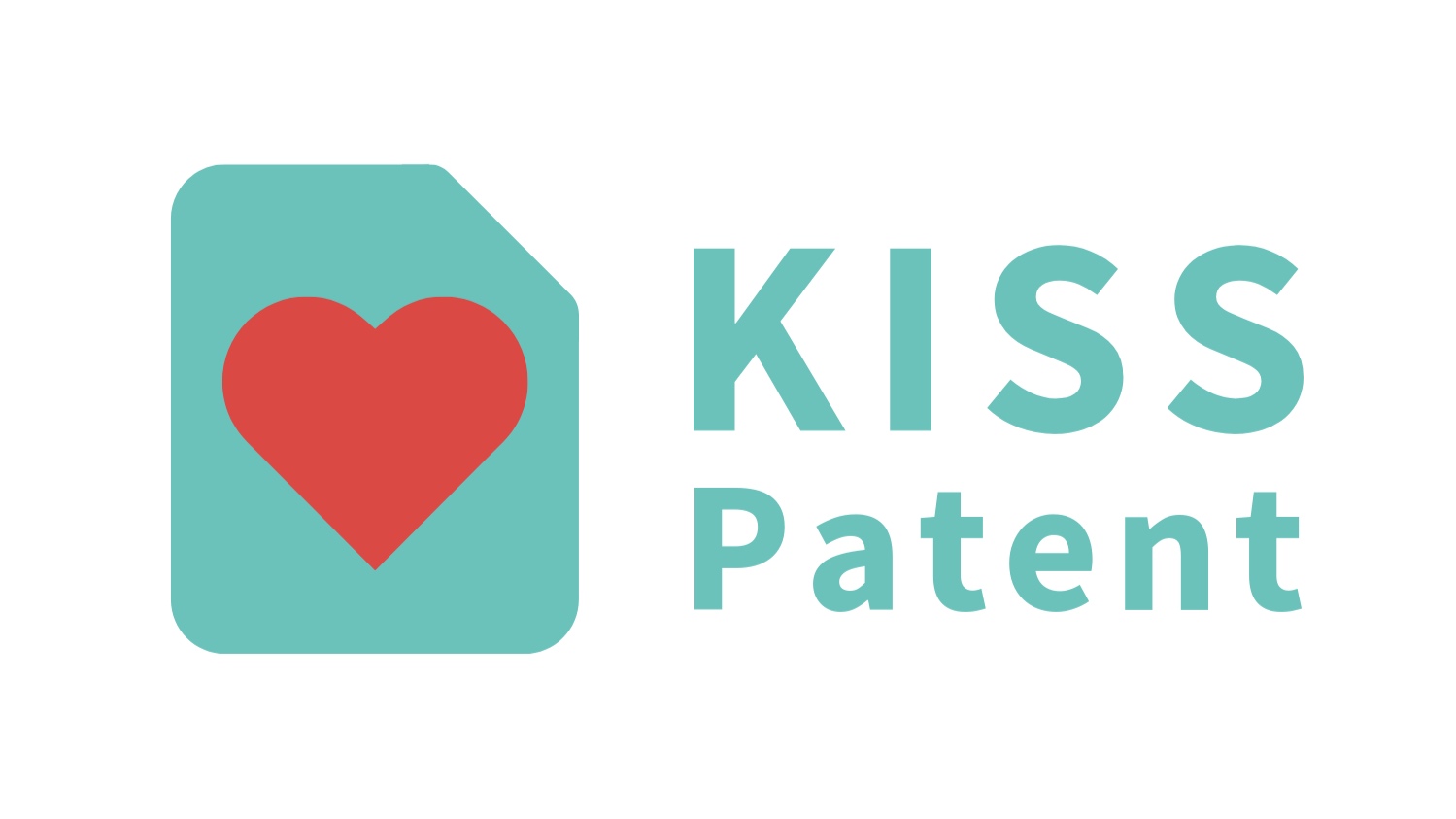The dental equipment market is a very lucrative industry.
There are lots of innovators in the market, varying from practicing dentists with one or two products, to the major players, such as DENTSPLY Sirona Inc. in the US.
This diversity tells us two things. One, that innovation can be the same, no matter the size of your company. Two, that it’s a very competitive market.
So, how do you ensure that you stand out and, at the same time, have the same chances to succeed as the other players?
You need a clear patent strategy to help your invention succeed.
You need a clear patent strategy firstly, to try to prevent others from making, using, or selling your invention, and secondly, to determine if your idea could be infringing anyone else’s patents before you invest your time and energy developing your invention. A strong patent strategy is also an invaluable tool when trying to attract investors or to put a value on your idea in any licensing or assignment negotiations.
The complexities of the IP landscape in the dental equipment industry
The Intellectual Property (IP) landscape is very complex and overcrowded in the area of dental equipment. Dental equipment IP is also very litigious. We’ll illustrate with an example.
Align Technology, the creator of Invisalign®, has been making successful dental solutions for nearly two decades. It was founded in 1997 by two Stanford MBA students, Zia Chishti and Kelsey Wirth, who had no background whatsoever in orthodontics.
Align currently has an arsenal of more than 400 U.S. and 300 foreign-issued patents and has been involved in numerous US District Court cases and no less than four court cases before the United States Court of Appeals for the Federal Circuit!
One of those cases started back in 2006.
It involved a complaint filed by Align with the ITC against OrthoClear for allegedly infringing Align’s US patents.
In this case, a global settlement was reached in which Align agreed to pay OrthoClear $20 million to cease trading in the United States and to assign all IP to Align.
But that wasn’t the only case!
A few years earlier, Align had also battled Ormco Corporation in the U.S. courts.
Align had a number of patents protecting their Invisalign® technology and Ormco Corporation had a number of patents protecting their RW&B orthodontic system. After more than 6 years of battling in the U.S. Court systems in the US, Align and Ormco eventually entered into a collaboration.
Without patent protection, OrthoClear and Ormco would have been free to use Align’s technology without providing any compensation to Align.
Other companies have had to take their products out of the market because of patent infringement, just like Medit.
Medit developed a dental scanner that allowed a smoother scanning experience, with shorter turnaround times. Everything was good and fine until 3Shape filed a complaint saying Medit was infringing one of their European patents.
After some battle, the German District Court of Düsseldorf ruled that Medit had indeed infringed the European patent No. 2 568 870 B1. The case ended in Medit having to take their product out of Germany!
What happens if you don’t have a strong patent?
Just like having a strong patent can help to make sure that your idea isn’t used by someone else, having a weak patent can be detrimental to your business. This happened to Sirona Dental Systems.
Sirona was granted US patent No. 6,319 006, to protect its invention of a drill template place a pilot hole for a tooth implant, however, the USPTO found that many of the claims of the patent were not strong enough so they invalidated it, an appeal, the United States Court of Appeals for the Federal Circuit agreed with the USPTO’s decision.
Imagine working on something and not being able to protect it because the claims were not strong enough. That’s why, before you try to file for a patent, you need to talk to the experts, just to be sure that your process will be smoother from the beginning.
Having a patent not only means that you’re protected, but it’s also good news business-wise
Take Microcopy’s Proxi-Chek as an example.
Microcopy is a manufacturer that had the idea to launch Dentalvation, a web-based think-tank where dentists can submit their new innovations.
An innovative dentist used one of Microcopy’s patented inventions, modified it, and used it for something completely different… and the Proxi-Chek was born.
This invention was jointly patented by the dentist and Microcopy. Now, Microcopy is selling the product under their name.
Maybe you’re in a similar position. You have an idea but you don’t have the means to manufacture it.
The best you can do is get a patent for that invention!
In that case, you can license it later so another company manufactures it or you can partner with them, like in the case of Microcopy.
Back to you
Protecting your IP can be an intimidating endeavor starting out but, do you know what’s much worse? Not protecting your IP and losing all your brilliant ideas and hard work to a competitor!
Deciding to get a patent for your dental equipment invention is one of the most important steps in your innovation journey.
It’s a strong strategic decision.
Getting the right patent protection and sound advice before you begin your patent process and throughout the lifecycle of your patenting process is paramount in protecting your invention!

